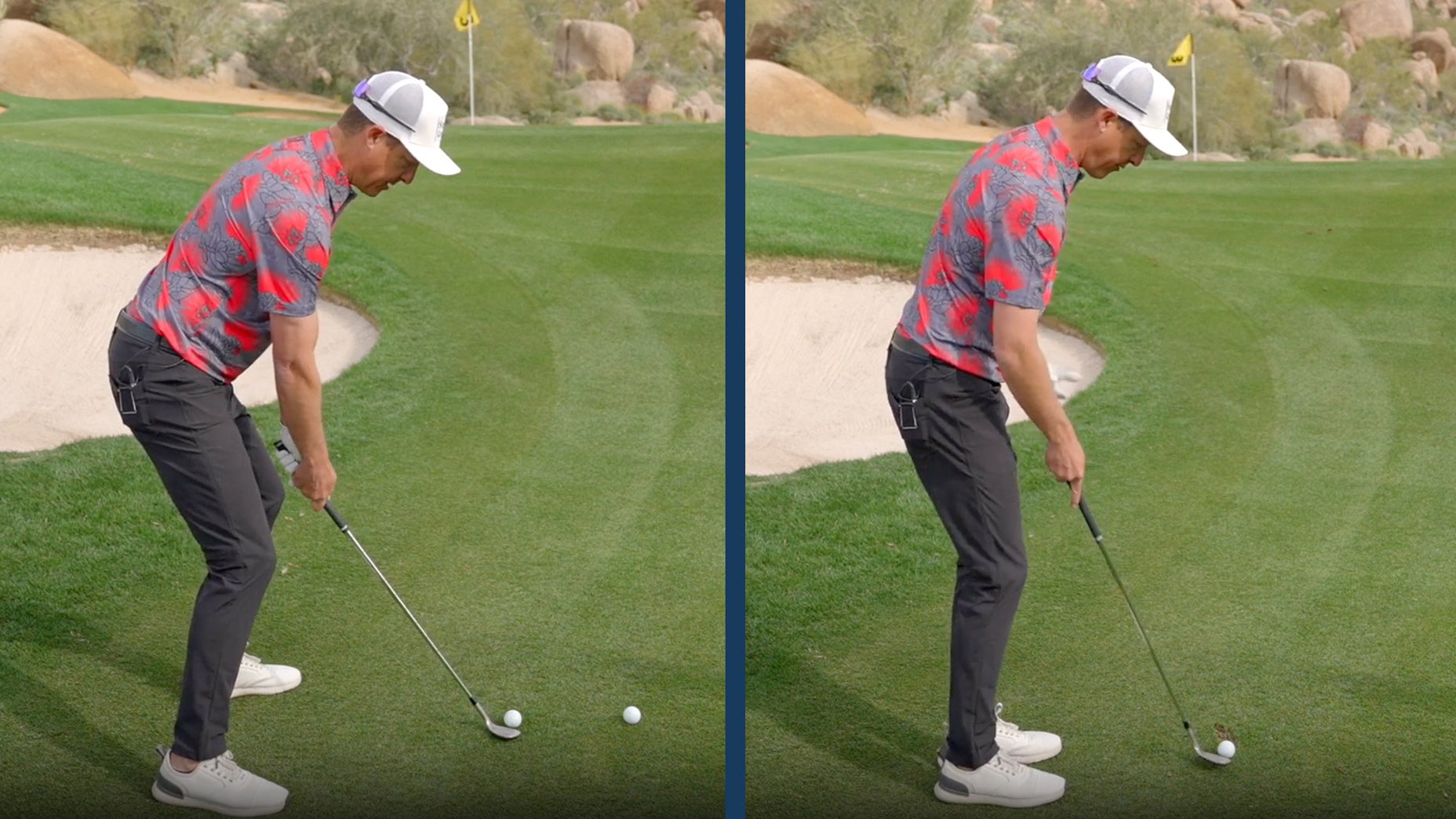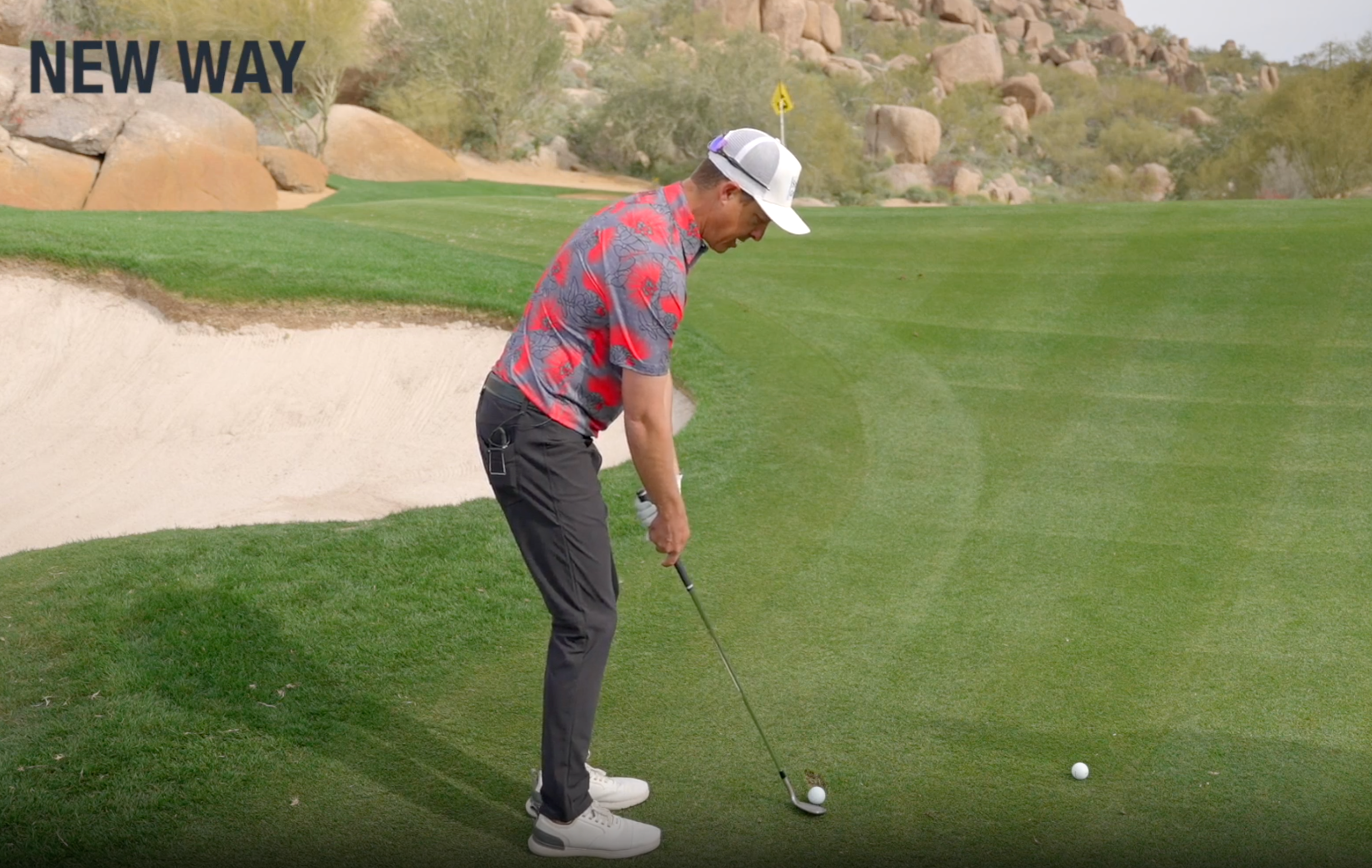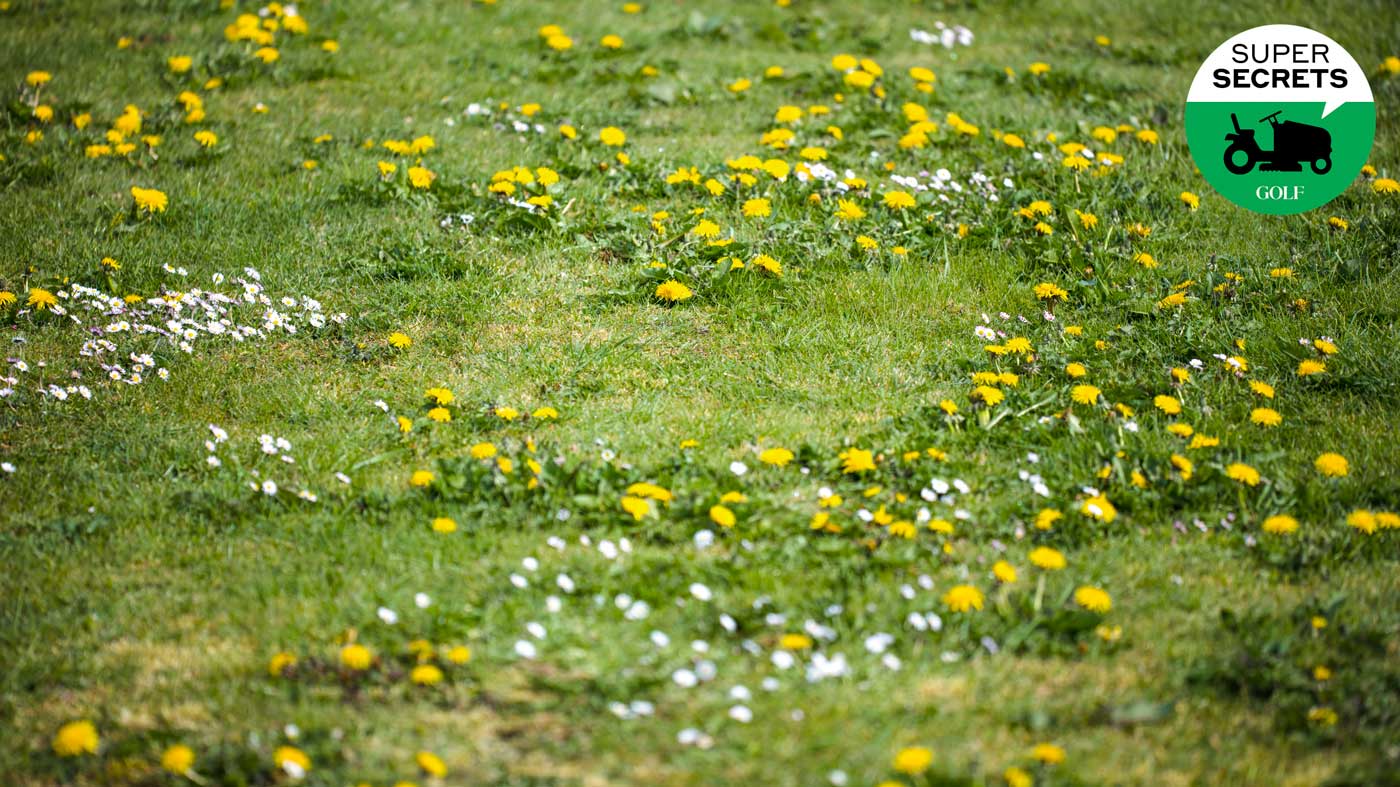
Watch any pro golf event and you’ll likely see a player hit a flop shot — you know, in which the ball ascends on a steep trajectory before landing softly on the green, typically a few feet from the hole.
While many amateurs marvel at such precision in the short game, few actually believe they have the ability to execute such a shot themselves.
But thanks to the video above from Parker McLachlin, aka Short Game Chef, you can learn the ideal flop-shot technique, which will provide another tool for you to work with during your next round.
How to pull off the perfect flop shot
The key to hitting a flop shot, McLachlin says, begins with modernizing your mindset. That means you must get away from the old way of hitting this type of shot, and start using some of his new-age tips for more success.
The old way of hitting a flop shot
GOLF.com
As McLachlin says, the old way of setting up for a flop shot involved a “big, huge swing, with your feet really wide… [with many golfers] playing it like a bunker shot.”
“As I get into this wide stance, my hands get lower and I’m opening up the clubface,” he adds. “At this point, I take a huge swing — almost like I’m in the bunker — and it takes a big divot, too.
“I can hit a great shot, or I can hit one where it comes out a little bit hotter. I can [also] have one that I leave really short and hit it a bit chunky.”
The modern way of hitting a flop shot

GOLF.com
The new, more “reliable” way of hitting a flop shot, McLachlin says, allows you to engage the bounce of the club a bit more.
“You can get closer to the ball, get the handle up just a little bit, the clubface is still wide open, hands are almost going to go back a little bit more, feet are closer together,” he says.
Next, McLachlin suggests taking a nice, long, fluid swing, dialing back the tempo to avoid swinging too hard or creating a big divot. By doing this, players can also produce a little bit of spin as the ball comes out softer.
“You can see my turf interaction; nothing there. Because I moved that handle up just a little bit, I felt like I was really engaging the toe, and not so much engaging the heel.”
For more from the Short Game Chef, check out McLachlin’s website, where you’ll find more ingredients to help improve your game.








